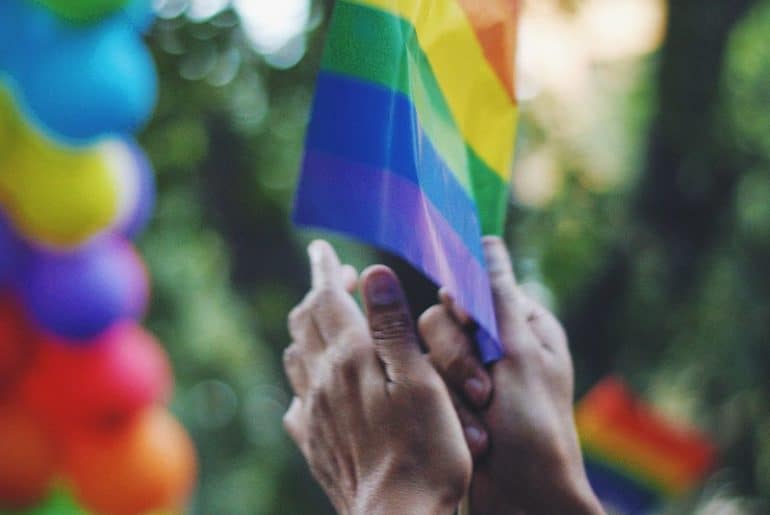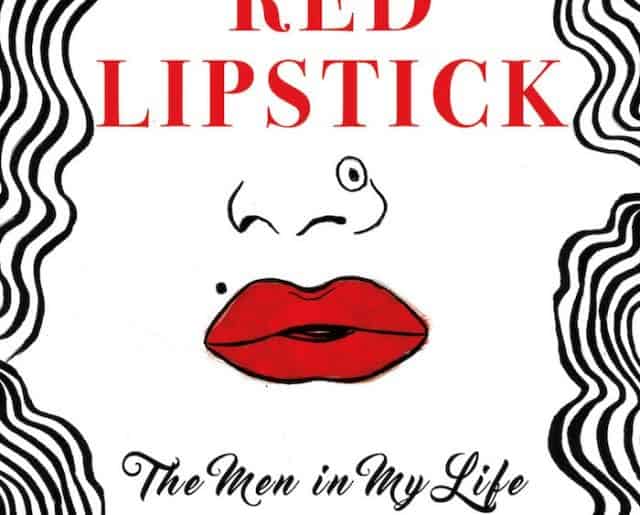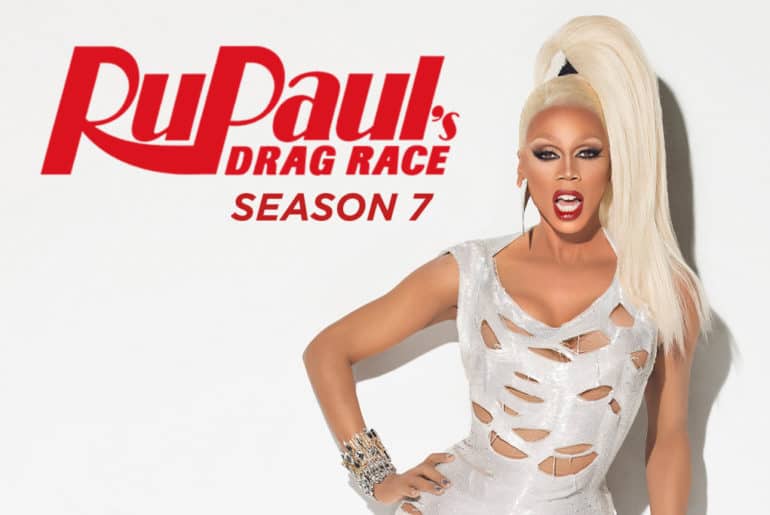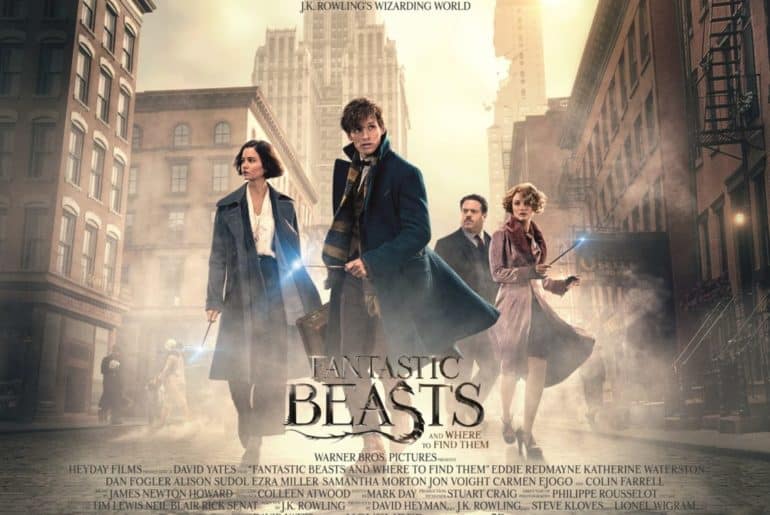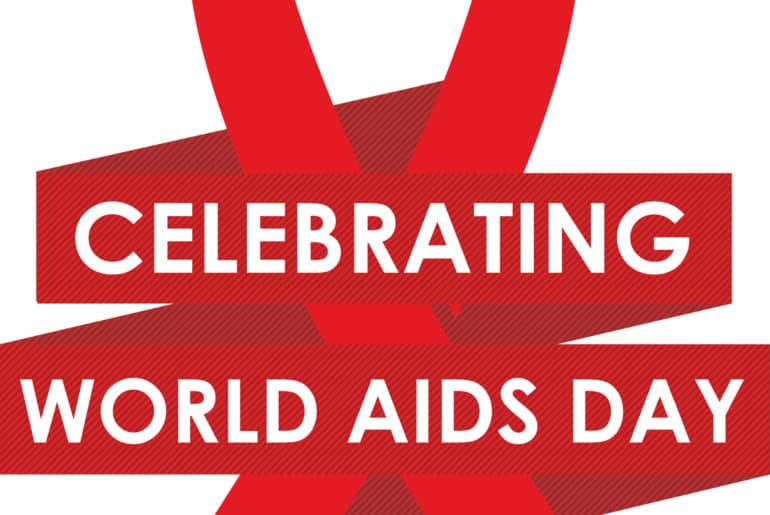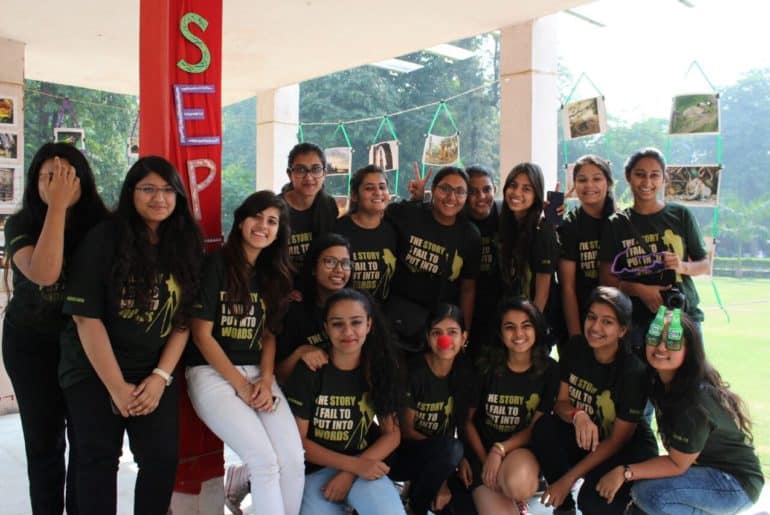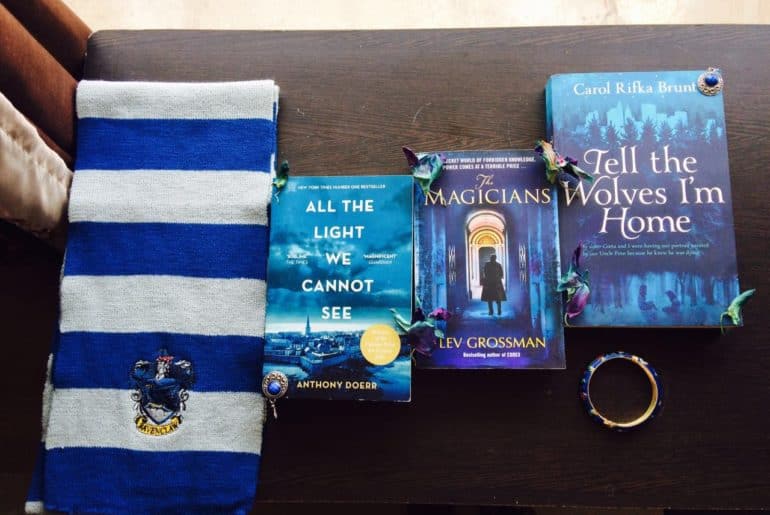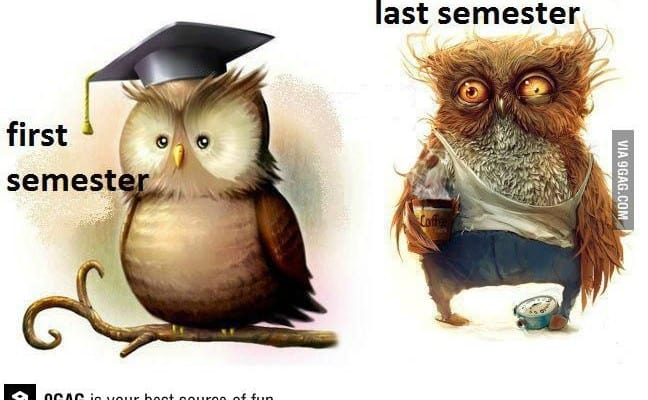India is a deeply homophobic nation, with not only rampant homophobia in mainstream society, but also policies that deny the LGBTQ community basic human rights and access to laws regarding equality and privacy. In such an environment, it is difficult to stay optimistic about love and support. However, the LGBTQ community in Delhi offers several events to combat the negativity that we face on a daily basis.
In the second week of December, Harmless Hugs and Love Matters organised the Delhi International Queer Theatre and Film Festival. While the turnout here was quite low, one of the most exciting events that the community looks forward to each year is the Pride Parade.
Taking place on the last Sunday of November, the Delhi Queer Pride Parade draws a huge crowd, including both members of the LGBTQ community and allies. The Parade kicks off each year on the crossing of the Barakhamba Road and Tolstoy Marg, and members marching until Jantar Mantar, where there is a stage for anyone who would like to perform. The Parade is characterised by banners, both heart-wrenching and hilarious, eccentric personalities, and smiling faces. The two years that I have attended Pride have ended in me going home with an aching jaw, tired from all the smiling that was the result of an environment of confidence, defiance, and happiness.
While the Parade misses out on a chunk of syllabus-cramming students due to its time of year, it never fails to garner publicity from major media outlets. Last year, renowned activist Laxmi led the Parade. This year, NDTV and the online portal Youth Ki Awaaz were some of the coverage partners at the event. While the most obvious cause of the Parade is the demand for LGBTQ rights, the march also focuses on contemporary issues. For example, the violence in Kashmir and the discrimination against Dalits were some of the topics this year.
For anyone looking to gain a sense of home, Pride is the perfect place to fit in, even among strangers. Despite 2016 being the worst, at least Delhi is keeping alive the culture of love in these awful times.
Two boyfriends at the Delhi Queer Pride Parade, 2016
Image Credits: Vagabomb
Vineeta Rana

